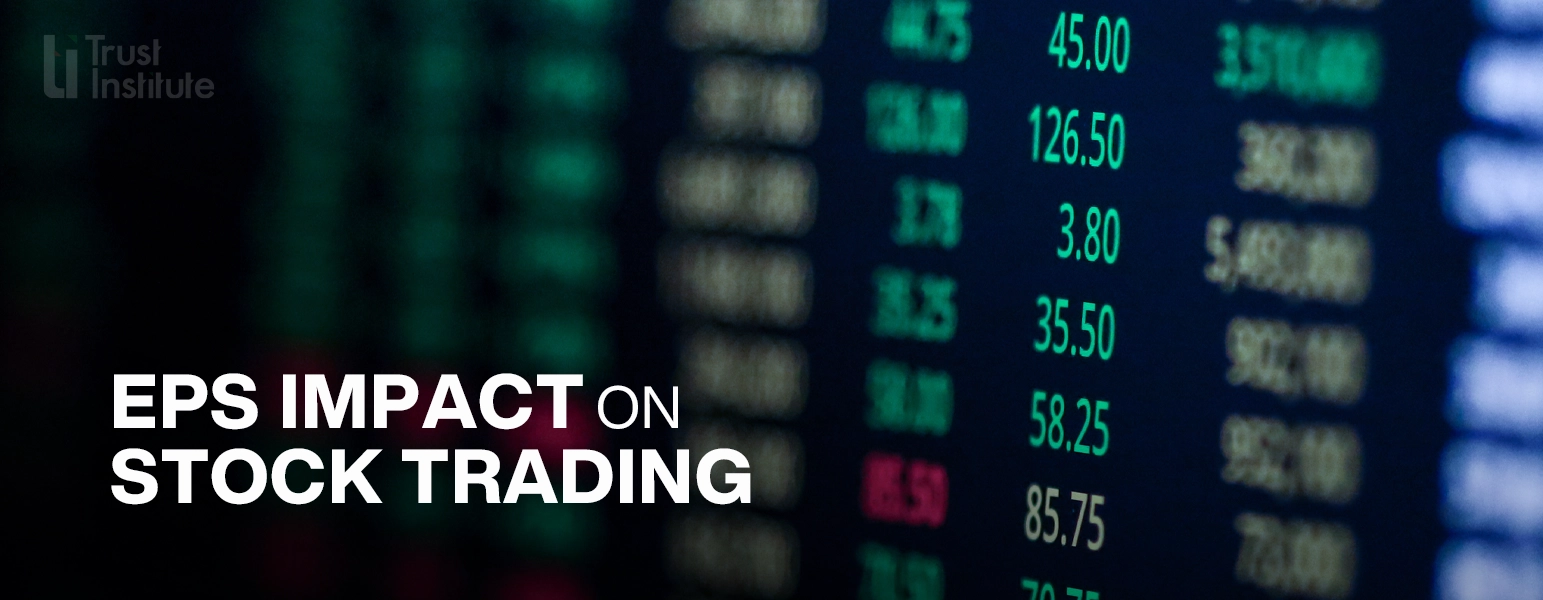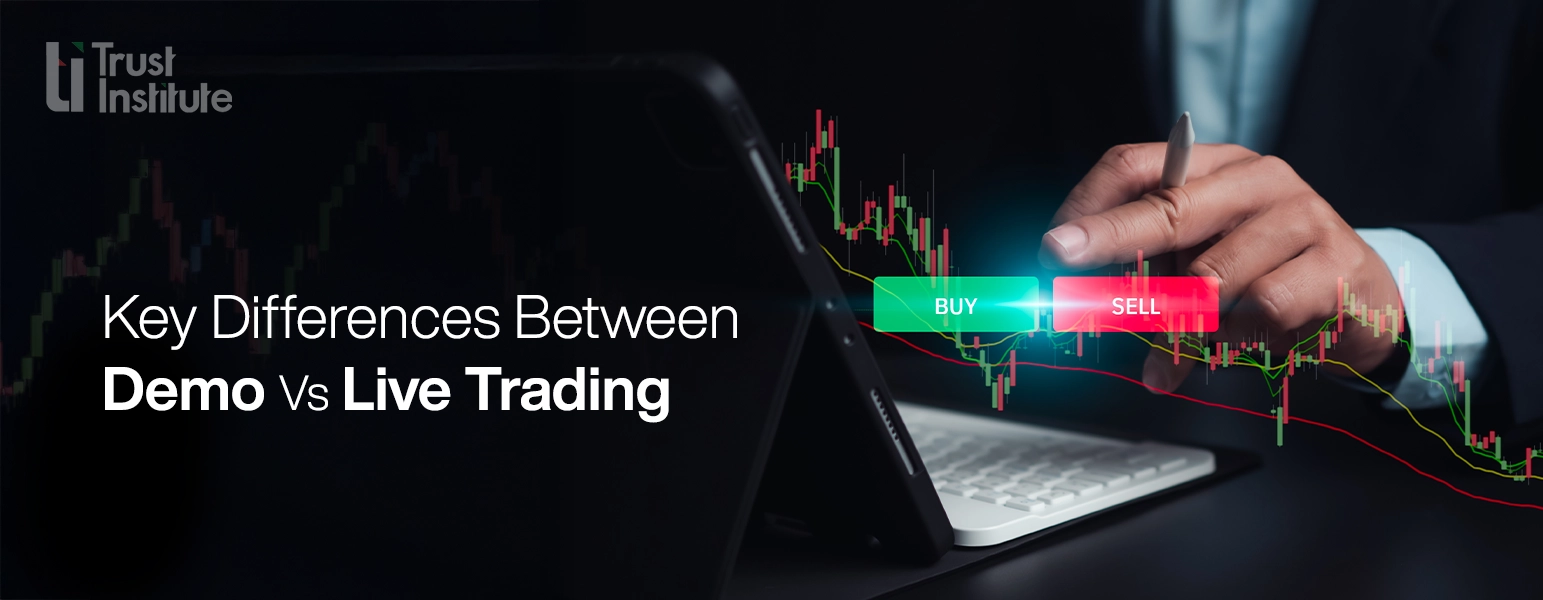Explore the world of financial trading and
gain the knowledge and tools for success with our expertly
written articles and blogs.

why smart traders are watching EPS like a hawk

In late June 2025, Nike Inc. delivered a surprise that electrified the markets; its quarterly earnings per share (EPS) came in significantly above expectations, sending the stock price soaring more than 15% in a single day. For most investors, it was unexpected. But for experienced traders who had been tracking Nike’s EPS performance and trend, it was a calculated opportunity.
This is exactly why savvy traders are watching EPS like hawks. EPS isn’t just a figure in a financial report—it’s a direct signal about a company’s profitability, efficiency, and future potential. In both short-term trades and long-term strategies, EPS can be one of the most reliable indicators available.
Why Traders Focus On EPS
EPS, or earnings per share, reflects a company’s net income divided by the number of outstanding shares. It’s a simple yet powerful number that condenses complex financial information into a single, digestible figure.
So, why do traders focus on EPS? Because it allows them to quickly gauge whether a company is growing, stagnating, or declining. An increasing EPS trend often points to strong management, improving profitability, or expanding operations—exactly the type of indicators traders want before making a move.
EPS Impact on Stock Trading

The EPS impact on stock trading is often immediate and significant. When a company beats EPS estimates, it usually sparks a price rally. When it misses, a sell-off often follows. Traders utilize this predictable pattern to develop strategies during earnings season.
These earnings events often generate volatility and momentum—perfect conditions for swing traders, scalpers, and even long-term investors to take advantage of clear earnings per share trading signals.
How to Analyze EPS Trends?
Understanding how to analyze EPS trends is essential for smarter trades. Traders typically study:
- Quarter-over-quarter and year-over-year EPS growth
- EPS versus analyst expectations
- Revenue and margin trends that support EPS gains
A single good quarter isn’t always enough. Smart traders look for consistency—are earnings growing steadily, or is the rise just a one-off driven by cost cuts or accounting adjustments?
Charts and financial platforms make it easy to visualize and compare EPS over time, helping traders spot patterns that others might miss.
EPS-Driven Trading Decision Strategies
Using EPS effectively requires a plan. These are some popular EPS-driven trading decision strategies:
- Pre-earnings positioning: Buying a stock before an expected EPS beat based on positive trends.
- Post-earnings breakouts: Entering after an earnings surprise that confirms market momentum.
- Relative strength: Comparing EPS growth among competitors to identify industry leaders.
These strategies give traders a structured way to incorporate earnings into their decision-making process, reducing guesswork and improving timing.
EPS Trends in Forex and Stocks

While EPS is primarily associated with equity markets, EPS trends in Forex and stocks are increasingly interconnected. Strong earnings across a nation’s top companies often boost investor confidence and strengthen its currency.
For example, a strong U.S. corporate earnings season can support the U.S. dollar as investors funnel capital into U.S. equities. Traders who understand these macro connections use EPS as both a micro and macroeconomic signal.
EPS Analysis for Smarter Trading
EPS analysis for smarter trading isn’t just about tracking numbers—it’s about understanding business performance. EPS tells you how much profit a company makes per share, but the real insight lies in the trend and context.
Smart traders combine EPS analysis with technical signals, economic indicators, and sentiment to make better, more informed decisions—whether in equities, indices, or global currencies.
Conclusion
In a world filled with data, earnings per share trading signals provide clarity. Whether you’re trading around earnings reports or building positions based on financial strength, EPS remains one of the most effective tools available.
That’s why smart traders follow EPS—not because it’s flashy, but because it works. With a strong understanding of how to analyze EPS trends, traders can position themselves ahead of the market and make more confident, profitable moves.
All blogs
©TRUST TRAINING AND DEVELOPMENT INSTITUTE 2025
Disclaimer: Trust Institute is a KHDA-licensed educational institution based in Dubai, UAE. All training programs, materials, and content offered through our website and in-person sessions are provided strictly for educational purposes. We do not offer financial or investment advice, and we do not engage in or promote any trading activity.
Our courses are designed to increase knowledge and understanding of financial markets. Trust Institute is not a brokerage firm, does not manage client funds, and does not participate in any trading on behalf of its students.
Participation in financial markets, including Forex trading, involves significant risk and may not be suitable for everyone. Individuals are encouraged to conduct their own research and consult with licensed financial professionals before making any financial decisions.
By accessing our content or enrolling in our courses, you acknowledge and accept that Trust Institute is not liable for any financial outcomes resulting from the application of educational material shared. You agree that your use of this information is at your own discretion and responsibility.
Trust Institute is fully licensed and regulated by the Knowledge and Human Development Authority (KHDA) in Dubai, United Arab Emirates.











































